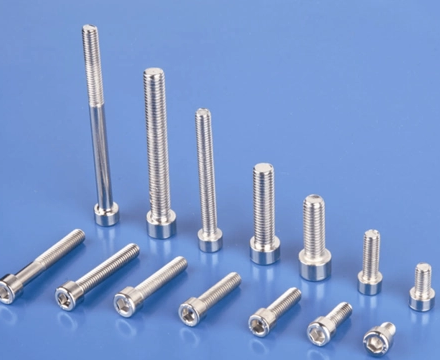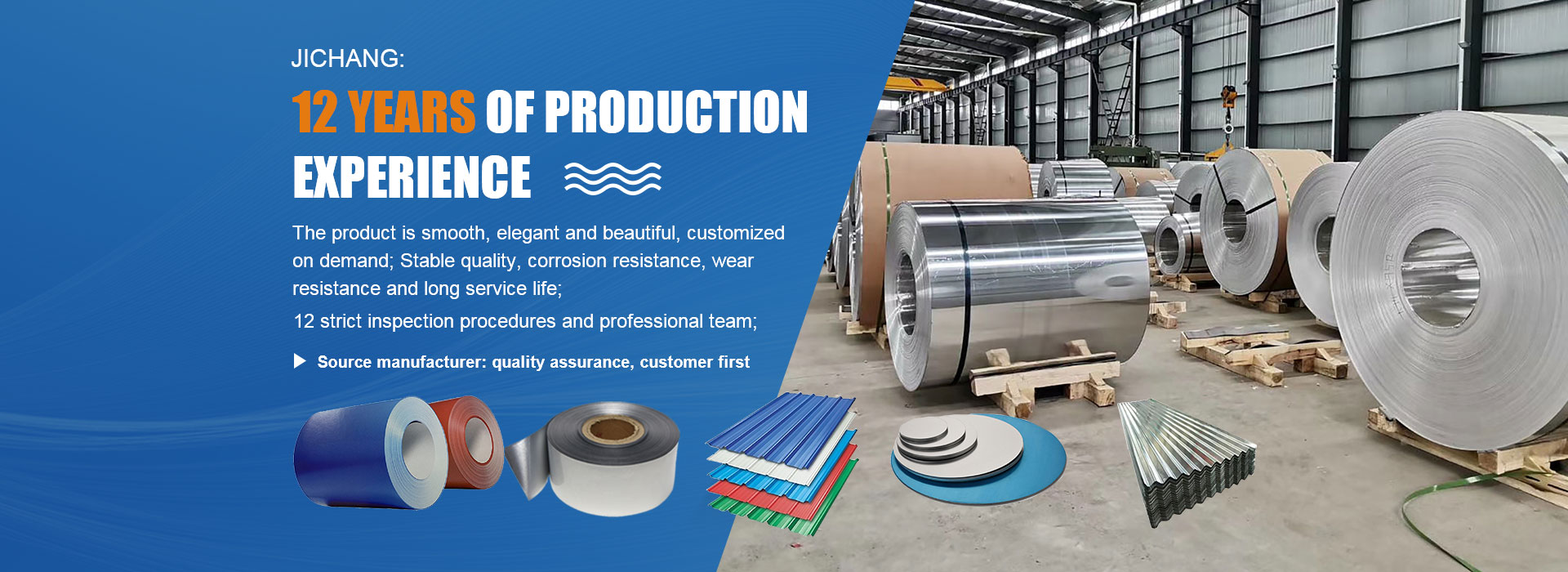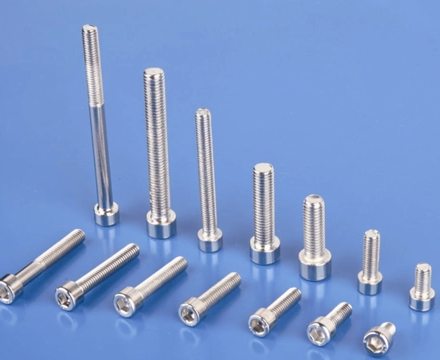Cattle Panel Mounting Brackets
Corrosion resistance
The density of aluminum profiles is only 2.7g/cm3, which is about 1/3 of the density of steel, copper or brass (7.83g/cm3, 8.93g/cm3, respectively). Aluminum exhibits excellent corrosion resistance under most environmental conditions, including in air, water (or brine), petrochemicals, and many chemical systems.
Conductivity
Aluminum profiles are often chosen due to their excellent electrical conductivity. On an equal weight basis, the conductivity of aluminum is approximately 1/2 that of copper.
thermal conductivity
The thermal conductivity of aluminum alloys is about 50-60% of that of copper, which is beneficial for the manufacture of heat exchangers, evaporators, heating appliances, cooking utensils, and automobile cylinder heads and radiators.
non-ferromagnetic
Aluminium profiles are non-ferromagnetic, an important property for the electrical and electronic industries. Aluminium profiles are not self-igniting, which is important for applications involving handling or contact with flammable and explosive materials.
machinability
The workability of aluminum profiles is excellent. In various wrought and cast aluminum alloys, and in the various states in which these alloys are produced, the machining characteristics vary considerably, which requires special machine tools or techniques.
formability
The specific tensile strength, yield strength, ductility and corresponding work hardening rate govern the variation in allowable deformation.
recyclability
Aluminum is extremely recyclable, and the properties of recycled aluminum are almost indistinguishable from virgin aluminum.
Product category
1. Architectural aluminum profiles (divided into doors and windows and curtain walls).
2. Radiator aluminum profile.
3. General industrial aluminum profiles: mainly used for industrial production and manufacturing, such as automated machinery and equipment, the skeleton of the cover, and the company's customized mold opening according to their own mechanical equipment requirements, such as assembly line conveyor belts, hoists, glue dispensers, Testing equipment, shelves, etc., are mostly used in the electronic machinery industry and clean rooms.
4. Aluminum alloy profiles for rail vehicle structure: mainly used in the manufacture of rail vehicle body.
5. Mounting aluminum profiles, making aluminum alloy picture frames, mounting various exhibitions and decorative paintings.
Classification by surface treatment
1. Anodized aluminum
2. Electrophoretic coated aluminum
3. Powder Coated Aluminum
4. Wood grain transfer aluminum
5. Fluorocarbon sprayed aluminum
6. Polished aluminum (divided into mechanical polishing and chemical polishing, among which chemical polishing has the highest cost and the most expensive price)

Related News
Submitted successfully
We will contact you as soon as possible






